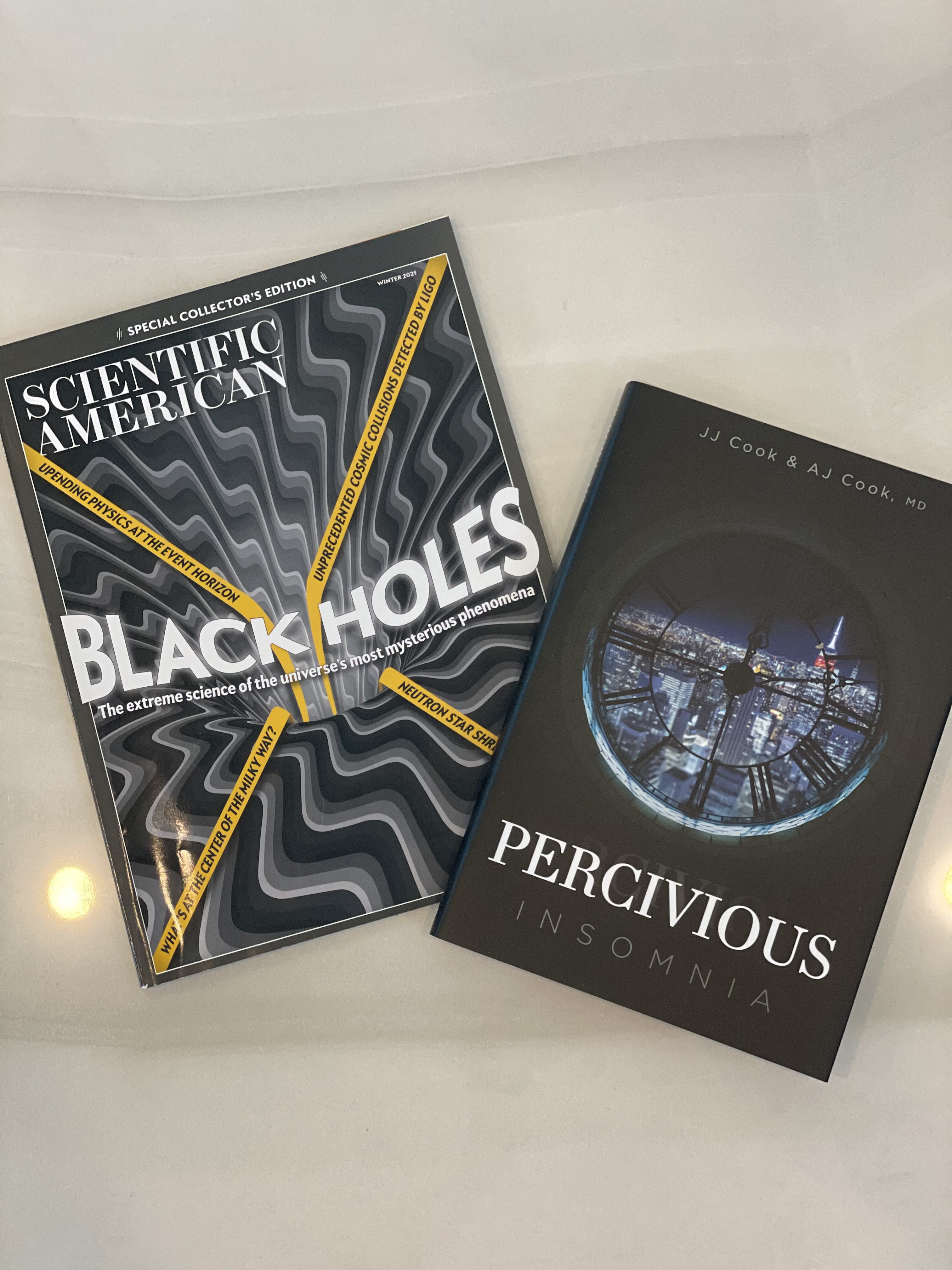From Fantasy to Fact
Posted on March 28, 2021
GEDANKENEXPERIMENT, German for “thought experiment” was Albert Einstein’s famous name for imaginings that led to his greatest breakthroughs in physics. a process perhaps not a complete departure from how one might imagine….a story for example.
However in physics embracing thought experiments raises some uncomfortable questions. Can thought alone sustain them? How far can we trust logical deduction? Where is the line between scientific intuition and fantasy?
2020s Nobel prize in Physics was awarded to Roger Penrose for his “discovery that black hole formation is a robust prediction of the general theory of relativity” and to Andrea Ghez and Reinhard Genzel “for the discovery of a supermassive compact object at the center of our galaxy”. It was the first Nobel given specifically for black holes – an acknowledgment of their unmistakeable existence.
To deal with the complexities of general relativity where spacetime curved in the extreme, Penrose came up with a set of mathematical tools, in particular for the notion of trapped surfaces that allowed physicists to confidently pinpoint an event horizon – the point at which even light can never escape the inexorable tug of gravity. A fascination with geometry and artists such as M.C. Escher also led Penrose to develop powerful, intuitive diagrams that capture the dynamics of spacetime that were previously out of reach. It was Ghez and Genzel, leading two teams in observatories in two different hemispheres that brought astronomy this remarkable result: the confirmation that a massive black hole lurked at the center of our galaxy.
More than a billion years ago two black holes in a distant universe spiralled around each other they merged. This spiralling collision was so violent that it shook the fabric of space time, sending ripples out through the cosmos at the speed of light. In September 2015, after travelling more than a billion light years those ripples washed over our planet registering as a “chirp” in the sensors of the Advanced Laser Interferometer Gravitational-Wave Observatory. It revealed that these these black holes were so heavy it was hard to explain how they were born from supernova explosions of massive stars. It may be that their formation might not involve stars at all, black holes that predate the stars themselves. Taken together new experiments and observations could confirm the existence of primordial black holes and their possible linkage to the universe’s missing matter. Soon we may no longer be in the dark about dark matter.
Today some of the most significant thought experiments in physics explore how to reconcile Einstein’s theories with the uncertainties inherent to quantum particles. As physicists venture deep into the realm of theory in an effort to determine how objects are ingested in black holes, they theorize in accordance with the laws of quantum mechanics – that any occurrence can in principle be reversed in time.
It will be obvious (by now) that black holes will not only play a significant role in the next volume of the Percivious trilogy, Percivious Origins, but that they have also influenced the story itself – perhaps more than any other influence to date. After all, the force of a supermassive black hole is tough to compete with!
Source: Scientific American – Special Collector’s Edition – Winter 2021
